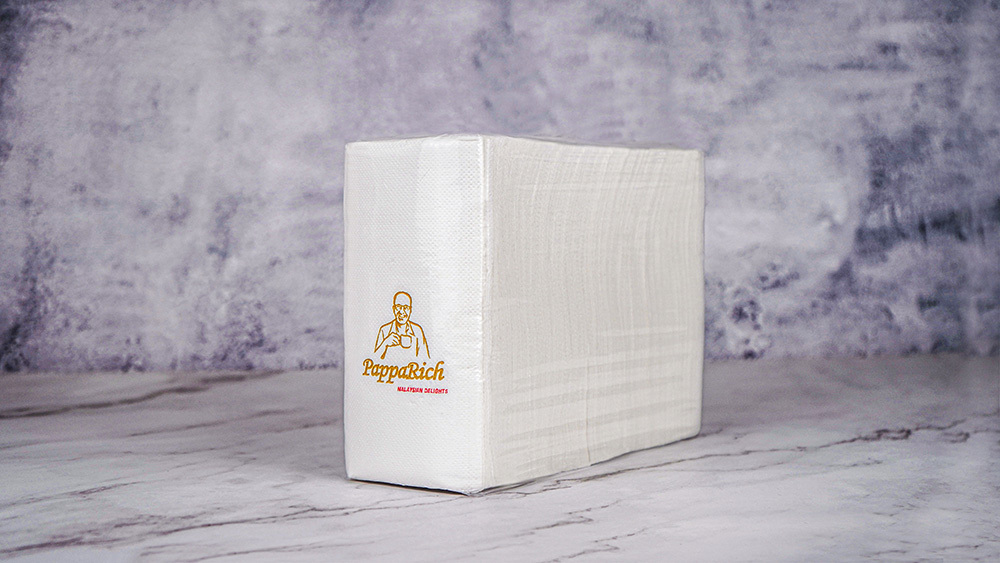A one-stop procurement solution for catering consumables to solve the hidden pain of catering
Feb 29,2024
Although the annual revenue of China's catering industry exceeds 2.7 trillion yuan and the scale of food ingredient procurement reaches 800 billion yuan, due to the long intermediate channel links and excessive losses, there has not been a well-known large enterprise in the catering supply chain field. However, both the wind of capital and the cloud of the internet are drifting towards this fertile land. The cake is big enough, but our top priority is still to consider: how to bite? In the US market, Sysco, a leader in the catering supply chain market, entered this industry early and currently has an annual revenue of $44.4 billion, accounting for 25% of the market share. But in China, there has not been a well-known large enterprise in this field. As far as Beijing is concerned, there are currently over 95000 restaurants, of which 70% are small and micro restaurants. Excluding restaurants that already have centralized procurement centers, there are about 50000 restaurants, and so many small and medium-sized restaurants will become the target users of these start-up companies.
The reason why many start-up companies and investors are rushing to enter this blue ocean is not only because the industry itself has accumulated long-term pain points that need to be solved, but also because of the importance of ingredient procurement for food safety in the catering industry. For small and medium-sized restaurants, ingredient procurement is a high-frequency and high-value rigid demand, and merchants need to purchase almost every day. The repurchase rate is high, the stickiness is strong, and the turnover is large. In the words of General Manager An, the marketing director of Tongying Procurement Network, the farmers' market is a typical bilateral market. The buyers and sellers are very large and scattered, so an Internet platform tool is needed to solve the problem of information asymmetry.
For the vast catering industry, besides the visible consumption and services in the front-end, the most important aspect of catering revenue comes from the procurement and cost reduction in the back-end. The supply chain industry is actually very traditional and has always existed, and supply chain management is not just about procurement. For large catering enterprises, they face a large and diverse procurement demand every day, which can only be met through scientific and systematic management, and it is necessary to ensure the efficiency, stability, and safety of supply from thousands of restaurants.
There are two main modes of supply chain management for large chain catering enterprises: one is direct management of suppliers by end enterprises; Another approach is for terminal enterprises to only correspond to first tier suppliers, which then correspond to many upstream suppliers. Take Yum! Brands as an example, there are over 400 suppliers in China, managed by a professional team of 439 people. And in this way, huge costs will need to be invested, which is acceptable and necessary for large catering enterprises. However, for small and medium-sized restaurants, they also need procurement and a supply chain, but they cannot afford such a large cost.
At present, most small and medium-sized restaurants are responsible for ingredient procurement by their owners or purchasers. They wake up at 3 o'clock every day and drive to the wholesale market. Due to the large variety and limited quantity of ingredients needed, and limited time, they often can only purchase from a limited number of restaurants, with no room for selection, and they have to go almost every day.
In this way, personnel costs, transportation costs, including time costs, are all high, and as individual merchants, their bargaining power in purchasing is low. In addition, the opaque market prices of ingredients have long been a pain point for small and medium-sized restaurants in procurement.
For start-up companies, what they can do is provide a procurement management platform for these B-end small and medium-sized restaurants. They have centralized and high-quality procurement channels and service providers to meet the different procurement needs of merchants, while also providing scheduled delivery for merchants. If centralized procurement is implemented, it will provide merchants with relatively lower purchase prices in the market, which can save them a significant amount of costs. These start-ups have chosen mobile platforms in the direction of platforms, which is also related to the development of mobile Internet. And different start-up companies will adopt different business models in the catering procurement chain services:
There are mainly start-up companies such as Chain Farmer and Meicai, mainly targeting small and medium-sized restaurants, providing them with services such as raw material booking, sorting, and delivery. This model is heavy and not easy to develop rapidly. Mainly targeting small and medium-sized restaurants, we provide them with a raw material procurement platform for merchants to self pick up. Taking Chef Network as an example, we temporarily do not provide delivery services and can quickly replicate it nationwide to quickly open up the national market. But in the later stage, I believe that Chef Network will also increase delivery services to make the service more perfect. Tongying Procurement Network mainly faces the seller's suppliers online and the buyer's catering and hotel offline. The procurement platform is responsible for logistics and distribution. The catering industry itself is a traditional industry with many drawbacks and industry traditions. Although mobile platforms can bring great convenience to restaurants, it is difficult to develop the market for small and medium-sized restaurants.
Firstly, small and medium-sized restaurants have small scale, uneven personnel composition, low level of informatization, and old management and procurement habits that are difficult to break.
Secondly, platform management and services cannot keep up. At present, these catering aftermarket service platforms still have relatively simple business management and product management models, and corresponding services have not kept up.
Also, the competition for burning money is too fierce. Compared to catering front-end targeting C consumers, back-end services are more easily replicated, so it is necessary to quickly expand and occupy the market. In addition, investors are optimistic about this industry and will inevitably use money burning competition to expand market size.
Choosing Wego will make your one-stop procurement a reality, making it more convenient to get what you want! 400-861-3955
Keyword:
Latest News


